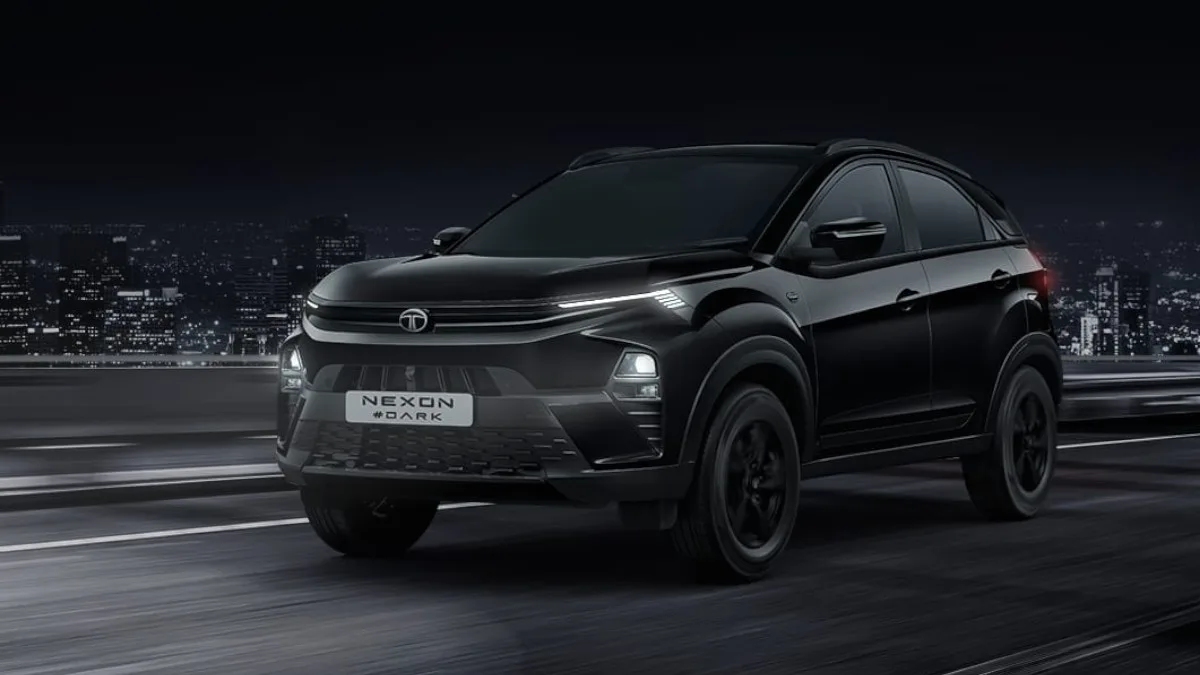
In the ever-evolving landscape of automotive technology, compliance with emission standards is a pivotal factor in ensuring environmental sustainability. The Ministry of Road Transport and Highway has recently issued a notification outlining the stringent testing requirements for obtaining vehicle type approval under the BS VI emission norms. This comprehensive guide sheds light on the specific parameters that bi-fuel vehicles with a flex fuel option need to adhere to in order to meet the stipulated standards.
Testing Bi-Fuel Vehicles: A Dual Challenge
For manufacturers seeking type approval for bi-fuel vehicles with a flex fuel option under BS VI emission norms, a dual set of tests awaits. Not only must these vehicles undergo tests for gaseous pollutants, but they are also required to meet criteria for particulate mass and number. This dual scrutiny ensures that the vehicles contribute minimally to air pollution and adhere to the highest emission standards.
Hydrogen-Run Vehicles: A Different Testing Landscape
In a notable distinction, hydrogen-run vehicles face a different testing scenario. According to the Ministry’s notification, these vehicles are only required to undergo tests for nitrogen oxide emissions. This streamlined approach reflects the unique environmental benefits associated with hydrogen-powered vehicles, reinforcing the government’s commitment to fostering cleaner and sustainable transportation solutions.
Tailored Testing for Positive Ignition Engines
The notification further refines the testing criteria for vehicles with positive ignition engines, including hybrids. Particulate mass and number limits are specified exclusively for vehicles equipped with direct injection engines. This precision in testing underscores the Ministry’s dedication to addressing the nuances of different engine technologies, ensuring a thorough evaluation of each vehicle’s environmental impact.
Biodiesel Blends: Varied Testing Protocols
As part of the testing framework, vehicles fueled with biodiesel blends undergo distinct testing protocols based on the blend percentage. Blends up to 7% are tested with reference to diesel (B7), while blends exceeding 7% are tested with their respective blends. This tailored approach recognizes the diverse landscape of biofuel usage and establishes clear guidelines for manufacturers to adhere to.
Fuel Flexibility: A Strategic Decision for Manufacturers
Manufacturers are empowered with the flexibility to choose either Gasoline (E10) or Gasoline (E20) as fuel for type approval and conformity of production tests. This strategic decision allows manufacturers to align with their technological preferences and optimize their vehicles for performance while meeting the stringent emission standards set by the government.
Conformity of Production: Annual Evaluation
To ensure continuous adherence to emission standards, the Ministry mandates an annual conformity of production evaluation for each vehicle model and its variants. At least 50% of the vehicles produced from a particular plant per year are randomly selected from dealers’ locations or warehouses for tests. This systematic approach guarantees ongoing compliance and reinforces the government’s commitment to environmental sustainability.
Exhaust Gas Sampling and Driving Cycle: Precision in Evaluation
The notification emphasizes precision in the evaluation process, specifying that exhaust gas sampling for the vehicle under test should commence at the initiation of the engine start-up procedure. Furthermore, the driving cycle is capped at a maximum speed of 90km per hour, ensuring a meticulous assessment of emissions under realistic driving conditions.
Evolution from Draft to Notification
The Ministry of Road Transport and Highway’s journey to finalizing these testing requirements traces back to May last year when the draft applicability of tests for vehicle type approval under BS VI norms was published. Taking into account valuable feedback from stakeholders, the Ministry officially notified the tests on January 5, 2024, demonstrating a commitment to a collaborative and responsive regulatory approach.
Bharat Stage Emission Standards: Driving Cleaner Technologies
The overarching regulatory framework, known as Bharat Stage Emission Standards (BSES), mandates vehicle manufacturers to transition exclusively to BS6 (BSVI) vehicles since April 1, 2020. This revolutionary move aims to curb pollution from cars and two-wheelers, compelling manufacturers to continually upgrade to cleaner and more advanced fuel technologies.
Discover more from Wheels Craze - Automotive News, EV News, Car News, Bike News
Subscribe to get the latest posts to your email.



